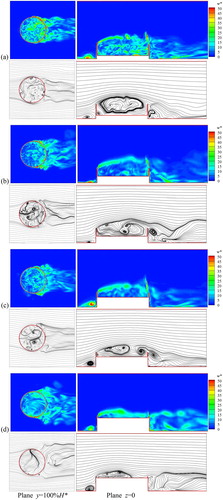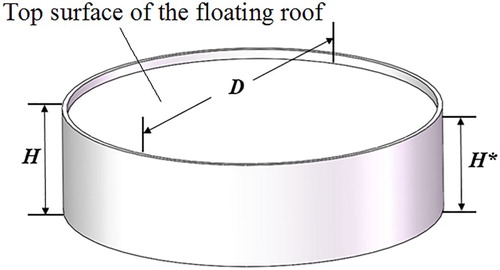Figures & data
Table 1. SGS models used widely in LES.
Figure 1. A computational model for the turbulent flow around the flat roof and open-topped tank models (Macdonald et al., Citation1988).
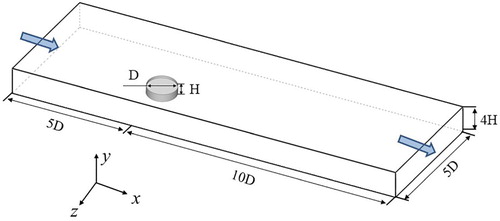
Figure 2. Computational meshes for the benchmark tank models (Macdonald et al., Citation1988): (a) flat roof tank, (b) open-topped tank.
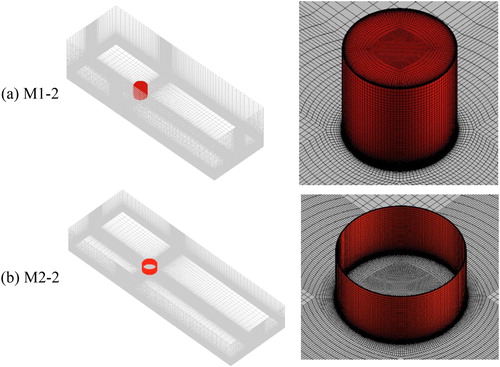
Table 2. A summary of the grid-independence test parameters.
Figure 3. Time-averaged pressure coefficients on the two tanks using different meshes: (a) flat roof tank, (b) open-topped tank.
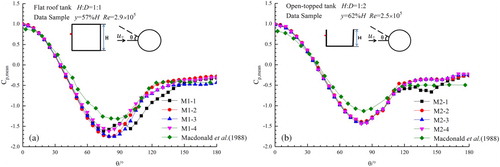
Figure 4. Time-averaged pressure coefficients on the two tanks from different SGS models: (a) flat-roof tank, (b) open-topped tank.

Figure 5. Root-mean-square of the wind pressure coefficients on the two tanks from different SGS models: (a) flat-roof tank, (b) open-topped tank.
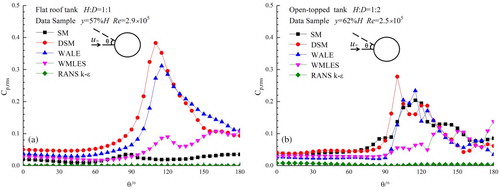
Figure 6. Instantaneous vorticity fields around two tanks at t = 5 computed from LES and RANS: (a) flat-roof tank, (b) open-topped tank.
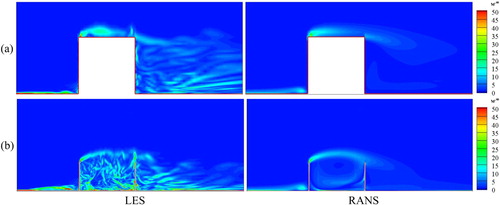
Table 3. A summary of the computations conducting for the external floating-roof tank.
Figure 8. Time-averaged pressure coefficients on the external wall of the tank at different Reynolds numbers: (a) h = 25%H*, (b) h = 50%H*, (c) h = 75%H*, (d) h = 100%H*.
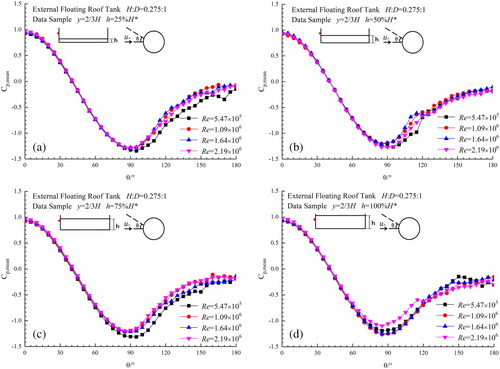
Figure 9. Time-averaged pressure coefficients on the internal wall of the tank at different Reynolds numbers: (a) h = 25%H*, (b) h = 50%H*, (c) h = 75%H*, (d) h = 100%H*.
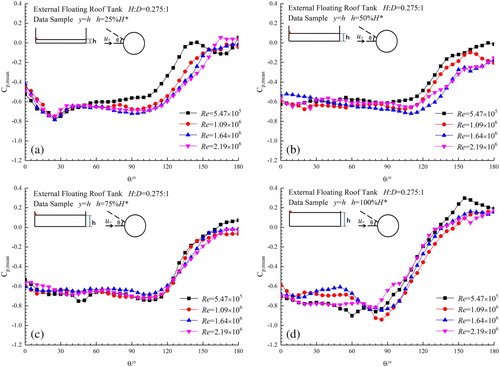
Figure 10. Instantaneous vorticity fields and streamlines at t = 5 around the external floating-roof tank at h = 25%H* and different Reynolds numbers: (a) Re = 5.47×105, (b) Re = 1.09×106, (c) Re = 1.64×106, (d) Re = 2.19×106.
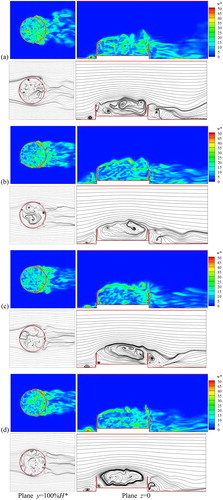
Figure 11. Instantaneous vorticity fields and streamlines at t = 5 around the external floating-roof tank at h = 100%H* and different Reynolds numbers: (a) Re = 5.47×105, (b) Re = 1.09×106, (c) Re = 1.64×106, (d) Re = 2.19×106.
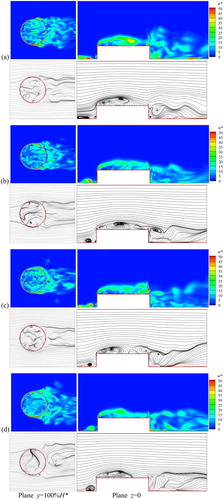
Figure 12. Time-averaged pressure coefficients on the external wall of the tank at different liquid levels: (a) Re = 5.47×105, (b) Re = 2.19×106.
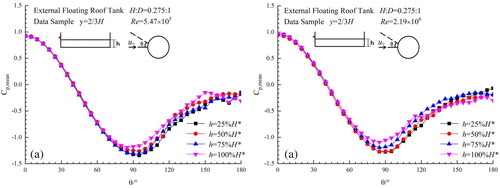
Figure 13. Time-averaged pressure coefficients on the internal wall of the tank at different liquid levels: (a) Re = 5.47×105, (b) Re = 2.19×106.
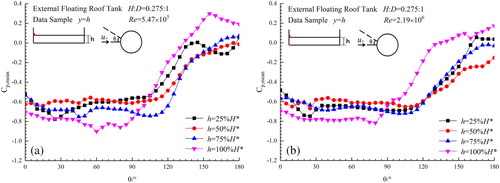
Figure 14. Instantaneous wall pressure coefficients of the tank at h = 25%H* and Re = 2.19×106: (a) external wall, (b) internal wall.
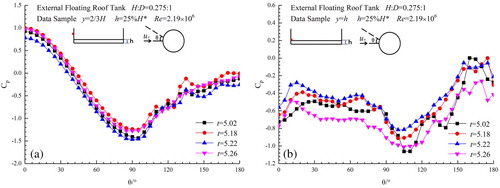
Figure 15. Instantaneous vorticity fields and streamlines at t = 5 around the external floating-roof tank at Re = 5.47×105 and different liquid levels: (a) h = 25%H*, (b) h = 50%H*, (c) h = 75%H*, (d) h = 100%H*.
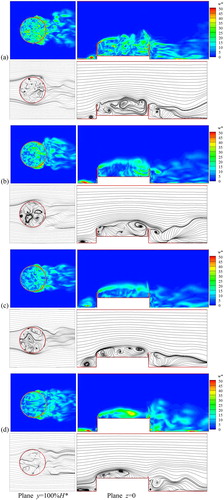
Figure 16. Instantaneous vorticity fields and streamlines at t = 5 around the external floating-roof tank at Re = 2.19×106 and different liquid levels: (a) h = 25%H*, (b) h = 50%H*, (c) h = 75%H*, (d) h = 100%H*.
